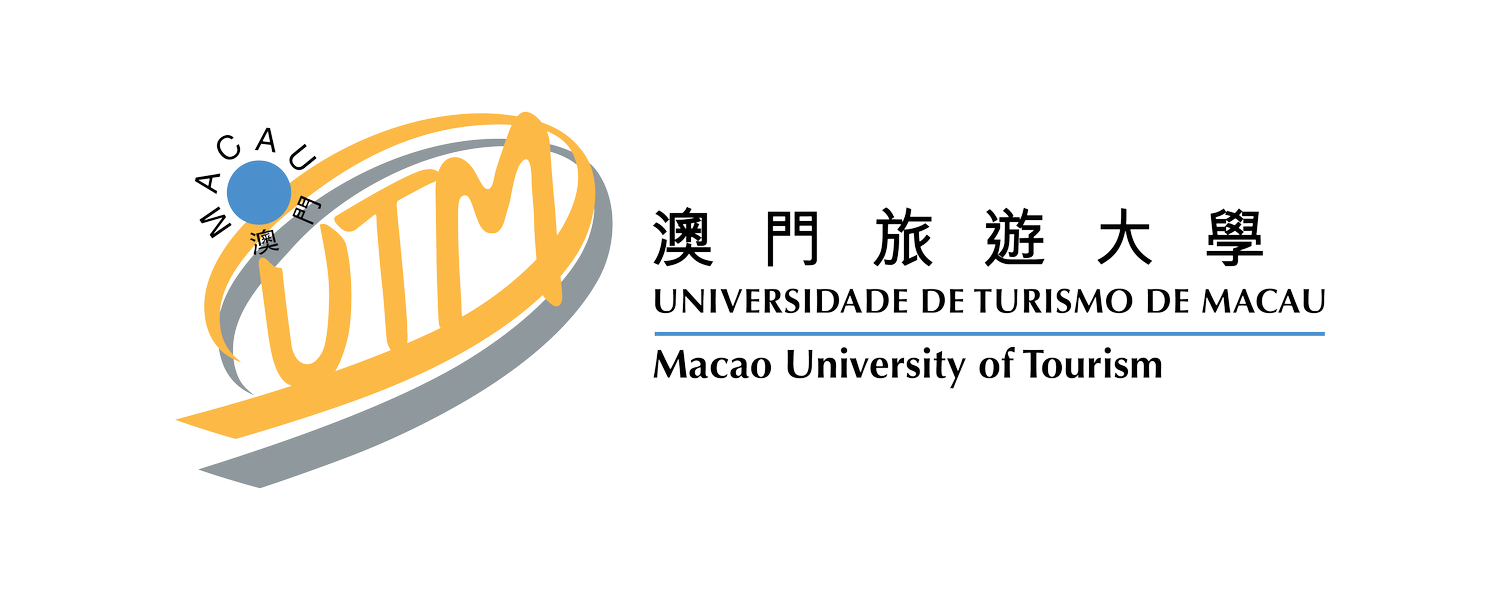Commissioned by the Secretary for Social Affairs and Culture of the Macao S.A.R. and conducted by the Institute for Tourism Studies (IFT), a study was completed which aimed at providing reference estimates on the optimal social carrying capacity of Macao’s tourism industry and suggest whether the existing tourism facilities and services are adequate to cope with the rapid growth in visitor arrivals.
The survey was divided into 2 parts: The first part consisted of questionnaire interviews, on 44 selected days of 2007 which covered weekdays, weekends and days within the Golden Week periods. Both local residents and visitors were asked to express their perception on crowdedness and satisfaction with environmental quality, local transportation, food & beverage and retail services quality and waiting time, and border clearance performance. A total of 5158 residents and 5120 visitors were sampled. The interview locations included Leal Senado Square, Portas do Cerco, A-Ma Temple, Ruins of St.Paul, Cunha Street, Horta E Costa, Mesquita and New Yaohan. The second part was to collect data and information from government departments and stakeholders in several tourism-related sectors to estimate their full-load capacity. The study covered 8 main services and facilities, namely hotel accommodation, restaurants and dining, buses, taxis, ferries, border clearance, tourist attractions and inbound tour handling.
Results from the first part revealed that local residents were generally dissatisfied with the environment and local transportation, and their perception of crowdedness became more intensive with increasing number of visitors. At the same time, visitors had similar perception of crowdedness. Nonetheless, they usually gave a more generous rating than residents to most of the indicators studied.
It was found that both residents and visitors became less than satisfied with the crowded surroundings and gave generally lower ratings to the services and facilities when daily average incoming visitors reached a level of 75,537. With increasing number of daily average visitors, residents became more sensitive to crowdedness
and issues with local transportation, while visitors became more sensitive to crowdedness, border clearance and environment quality.
By using the technique of linear regression, it was estimated that the optimal social carrying capacity of Macao ranged from 69,000 to 79,000 daily visitors.
By classifying the visitors according to their place of origin, it was found that visitors from the mainland generally had better evaluations of all services and facilities except border clearance, compared with those from Hong Kong, Taiwan Province and other places. Also, group travellers had better impression about crowdedness and local transportation than the Free Individual Travellers (FITs).
Information gathered for the second part revealed that among the 8 facilities studied, namely hotel accommodation, restaurants and dining, buses, taxis, ferries, border clearance, tourist attractions and inbound tour handling, 6 of them could not meet the optimal social carrying capacity. Only restaurants and dining, and border clearance (when all 7 entry points were taken into consideration) stayed above the range. This may serve as a signal that certain sectors may need to enlarge their operation scale to meet the optimal level. However, they may face various challenges including geographical, capital and manpower limitations.
As a conclusion, it was found that residents and visitors were sensitive to crowdedness and quality of tourism services and facilities as visitor arrival increased. Government departments and stakeholders may wish to focus on these issues. In view of Macao’s current limitations, one important way of sustaining tourism development is to provide better service to visitors, rather than continuously looking for new markets. Attention should also be given to better management of industry operations and facilities, manpower training, and professional transportation and town planning.
